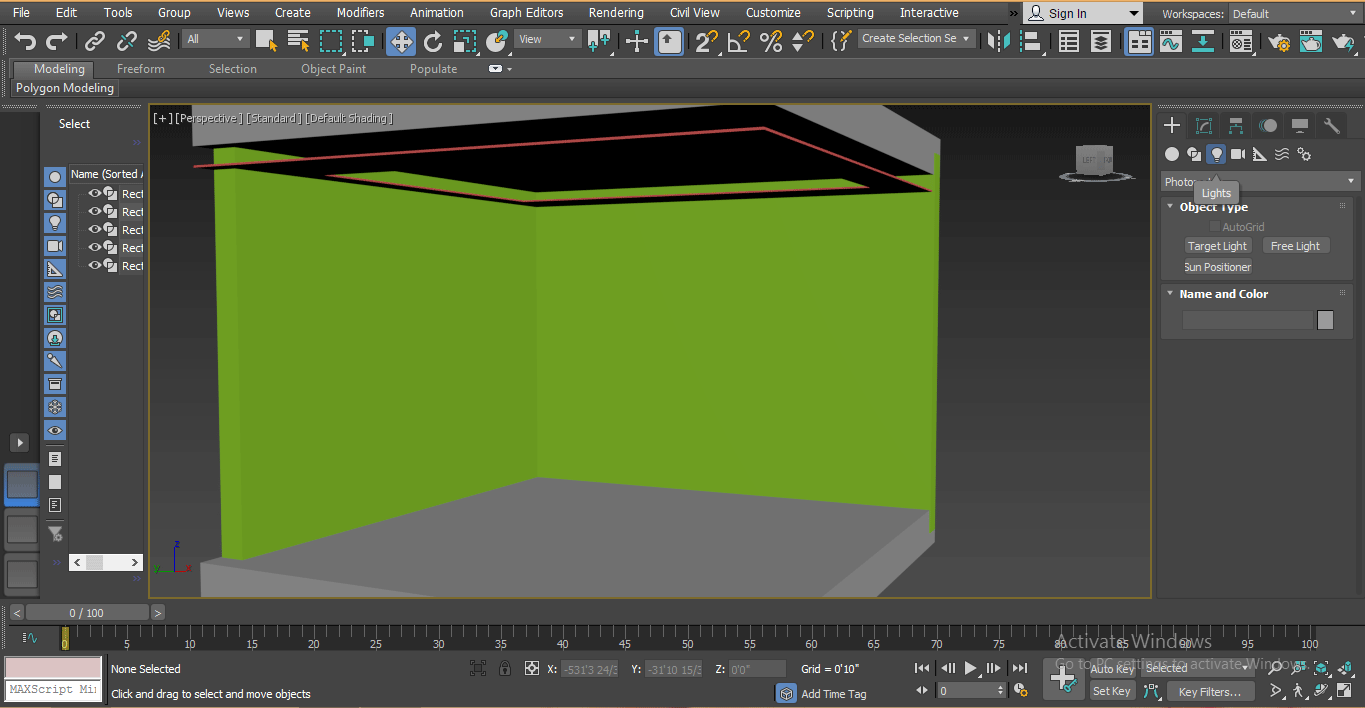

That includes GI Next, Nvidia’s GPU-enabled global illumination system, which the firm claims is “over 10x faster again” when running with a GPU – presumably, Nvidia’s top-of-the-range Quadro – than a 14-core CPU. The release also introduces the new functionality rolled out last year in Mental Ray 3.14, the standalone edition of the software, and in Mental Ray for Maya, the equivalent Maya plugin. Today’s release makes it possible to use those scenes again, with Nvidia’s blog post stressing that the new plugin is “fully backwards compatible for all the functionality and data people depend upon”.Īdds new features from Mental Ray 3.14 standalone With Autodesk’s decision to stop bundling Mental Ray with its software in favour of its own Arnold renderer, legacy Mental Ray scenes are no longer compatible with 3ds Max 2018 out of the box. The first version of Mental Ray compatible with 3ds Max 2018įor many 3ds Max users, the most important thing about Mental Ray for 3ds Max will simply be that it exists.

Network rendering requires commercial licences, which are available on a rental-only basis.īuying a commercial licence of Mental Ray also activates Iray for 3ds Max, Nvidia’s interactive physically based renderer, available as a separate plugin, and previously purchased separately. The plugin is free to use when rendering from a single machine. The release integrates the new features of Mental Ray 3.14, the latest standalone edition of the renderer, including the GI Next global illumination system and support for light path expressions.


 0 kommentar(er)
0 kommentar(er)
